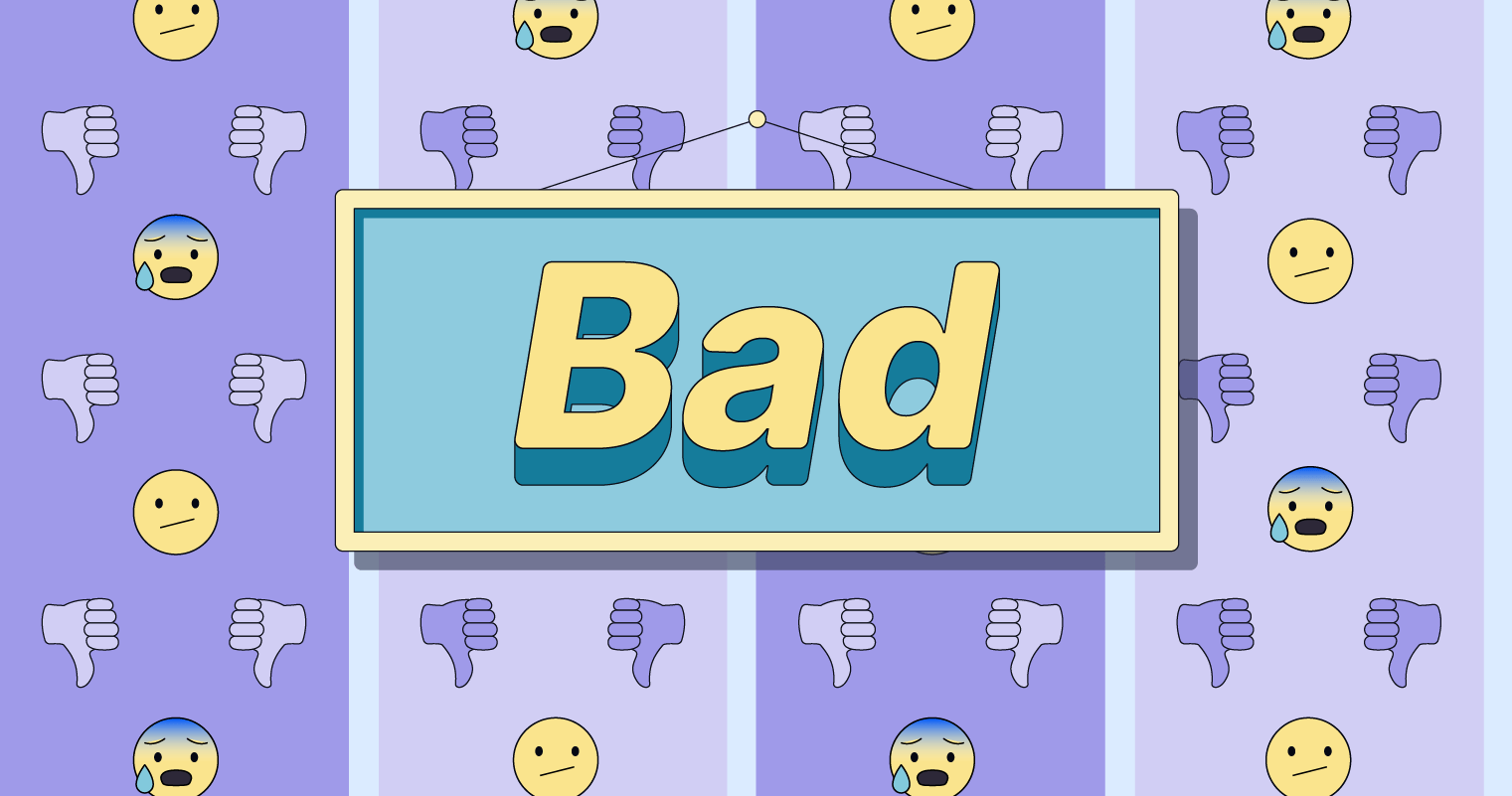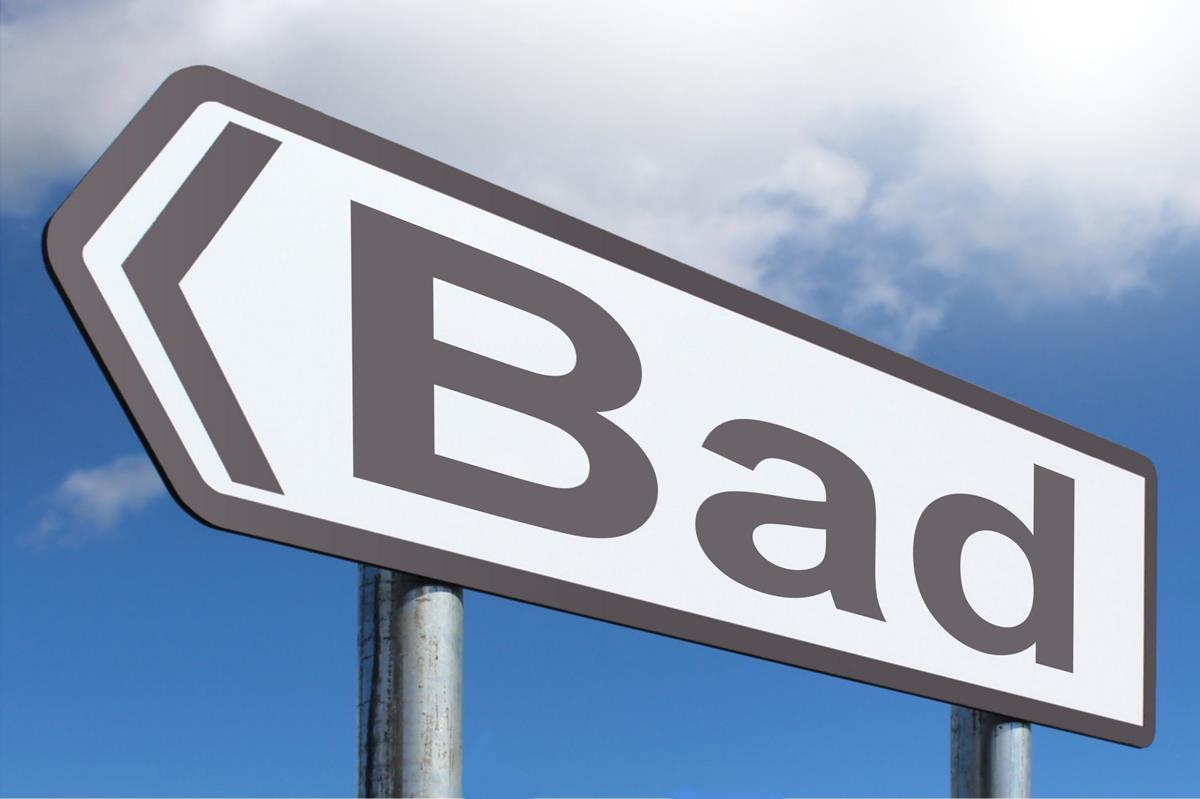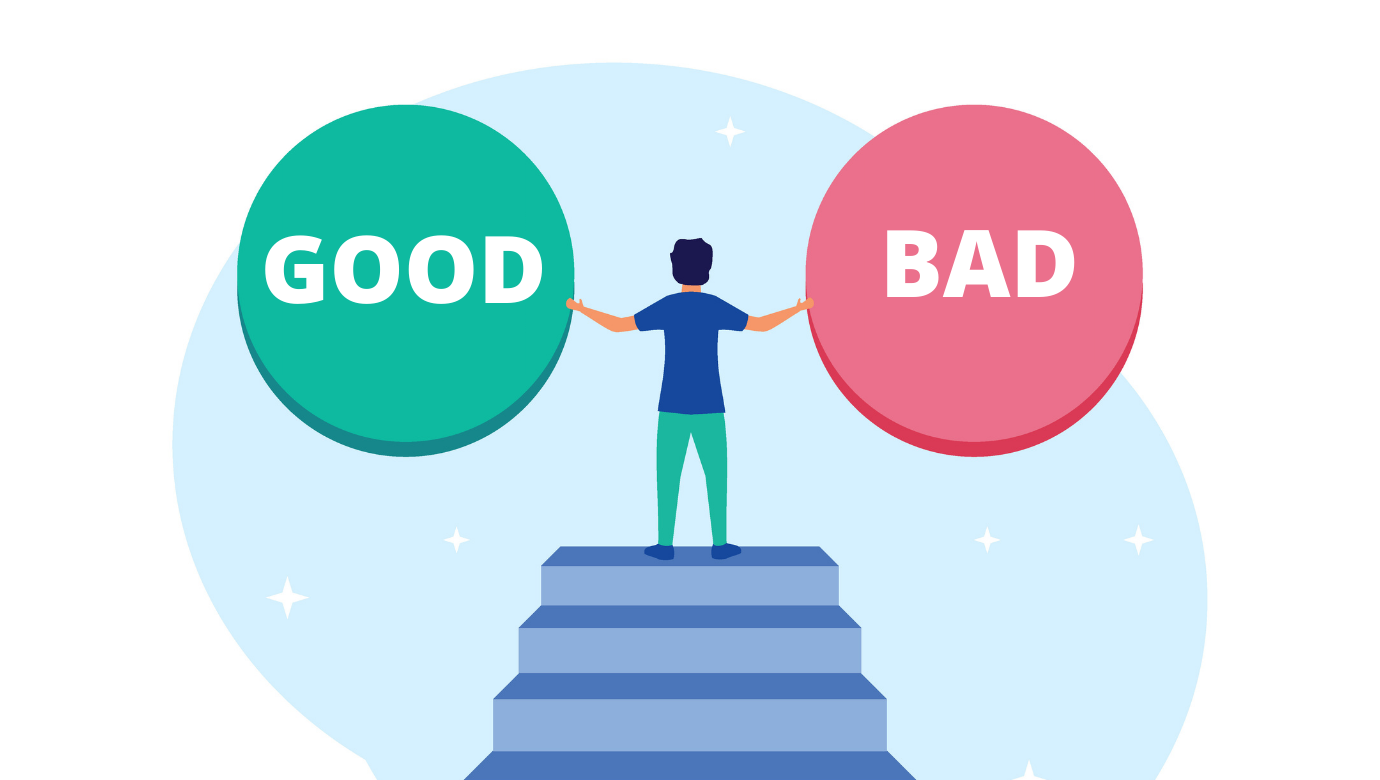There's a particular kind of magic that happens when two seemingly separate ideas come together in an unexpected way, creating something entirely new and, honestly, quite delightful. This is precisely what occurred with the arrival of the "bad bunny frog," a playful creation that has, in a way, captured the attention of many people across the internet. It's a rather curious blend, mixing the distinct presence of a well-known music artist with the simple, endearing charm of an amphibian, and it has, to be honest, found a special spot in the vast world of online expressions.
This quirky combination, the "bad bunny frog," has hopped its way into our collective awareness, showing up in various places from social media feeds to fan art. It's more or less a testament to how quickly a simple concept can spread and become something widely recognized. People seem to connect with its lighthearted nature, and it just kind of brings a smile to your face, you know? It's a visual shorthand that speaks volumes without needing a lot of words, which is pretty cool.
So, what exactly is it about this "bad bunny frog" that makes it so sticky, so memorable? We're going to take a closer look at where this charming little figure came from, what gives it its appeal, and how it has managed to make such a notable splash in popular culture. We will, in fact, explore its journey from a simple idea to a widely recognized image, giving us a clearer picture of its significance.
Table of Contents
- The Bad Bunny Frog Story - How a Meme Took Hold
- What Makes the Bad Bunny Frog So Appealing?
- The Visuals of the Bad Bunny Frog - A Look at Its Look
- How Did the Bad Bunny Frog Hop into Our Hearts?
- Beyond the Image - What Does the Bad Bunny Frog Represent?
- The Bad Bunny Frog's Place in Pop Culture
- Can the Bad Bunny Frog Keep Its Charm?
- A Nod to the Bad Bunny Frog's Enduring Appeal
The Bad Bunny Frog Story - How a Meme Took Hold
The story of the "bad bunny frog" is, in some respects, a prime example of how creativity can spark something truly unique in the digital space. It didn't just appear out of nowhere; rather, it seems to have emerged from the vibrant fan culture surrounding the musical artist Bad Bunny himself. Fans, as you know, often find playful ways to express their appreciation and create new forms of art that build upon what they admire. This frog character, with its distinct nod to the artist, is virtually a product of that very energy. It's a bit like a visual inside joke that everyone is invited to share, and that's pretty cool.
It's hard to pinpoint an exact moment when the "bad bunny frog" first surfaced, but its development is a good reflection of how internet trends usually come about. Someone, somewhere, had the bright idea to combine the artist's well-known style or perhaps a specific image of him with the simple, widely recognizable form of a frog. This initial spark, then, was picked up by others who found it amusing or relatable. They began to share it, maybe even creating their own versions, and just like that, a new piece of internet folklore was born. It really shows how a simple concept can catch on.
The journey of this "bad bunny frog" from a single image to a widespread cultural reference tells us a lot about how ideas move around online. It speaks to the way people interact with art and celebrity, finding new ways to make it their own. This little frog, in a way, embodies a sense of lightheartedness and a connection to a shared cultural moment. It's honestly a fascinating example of how a community can build something together, piece by piece, and give it a life of its own. It's almost as if it just naturally found its place.
- Carnival Cruise Brawl
- Letesha Marrow
- Monsters The Lyle And Erik Menendez Story Cast
- Liza Todd
- Chris Pratt Wife
Key Characteristics of the Bad Bunny Frog
| Aspect | Description |
|---|---|
| Origin Point | Emerges from online fan communities and creative expressions tied to the music artist Bad Bunny. |
| Visual Identity | Combines elements of a frog (often green, simple form) with recognizable features or accessories associated with Bad Bunny. |
| Cultural Spread | Shared across social media, fan art platforms, and various online spaces. |
| Emotional Resonance | Evokes feelings of amusement, relatability, and a sense of shared pop culture awareness. |
| Adaptability | Can be easily reinterpreted or modified by different creators, leading to many variations. |
| Symbolic Value | Represents a playful, informal connection between a celebrity and their audience. |
What Makes the Bad Bunny Frog So Appealing?
So, what exactly is it about the "bad bunny frog" that makes it so genuinely appealing to so many people? It's not just a random image; there's something about its particular blend that just seems to work. One big part of its charm, you know, comes from the unexpected pairing. Taking a globally recognized music artist and combining them with a simple, unassuming frog creates a kind of visual surprise. This unexpected twist often makes people smile, and that's a powerful thing.
Also, there's a certain simplicity to the "bad bunny frog" design that makes it very easy to like. Frogs, by their nature, are often seen as cute or even a little silly, and when you add elements that reference a cool, modern artist, you get a really interesting contrast. This mix of familiar and fresh, in a way, hits a sweet spot. It feels approachable, yet also clever, which is a pretty good combination for something that spreads widely online. It's almost like it has a secret ingredient for getting noticed.
Beyond its looks, the "bad bunny frog" also carries a feeling of lightheartedness. In a world that can sometimes feel a bit heavy, finding something that is purely for fun and doesn't take itself too seriously is actually quite refreshing. It offers a brief moment of amusement, a shared chuckle, and a connection to a broader community that appreciates similar kinds of humor. This shared experience, you see, helps to strengthen its appeal and keeps people coming back for more. It's pretty much a little dose of joy.
The Visuals of the Bad Bunny Frog - A Look at Its Look
When you picture the "bad bunny frog," what comes to mind is usually a creature that combines two very distinct sets of characteristics. Typically, you'll see a frog, often depicted with its characteristic green skin and big, round eyes. This provides the basic, friendly, and somewhat goofy foundation for the image. It's a shape that's easily recognizable and, in a way, universally understood as a frog. This fundamental form, as a matter of fact, is what gives it its immediate approachability.
Then, on top of this froggy base, elements that clearly point to Bad Bunny are added. This might involve the artist's signature sunglasses, a particular hairstyle, or even specific clothing items or accessories that he is known for wearing. These additions are usually quite subtle, yet very effective, transforming a simple frog into something that unmistakably references the artist. It's almost like a costume party for a frog, where it's dressed up as a famous person. This clever blend is what makes the "bad bunny frog" truly unique.
The beauty of the "bad bunny frog" design is how adaptable it is. Artists and fans have created countless variations, playing with different frog species, colors, and ways to incorporate Bad Bunny's style. Some versions might be more realistic, while others are highly stylized or cartoonish. This flexibility means that the "bad bunny frog" isn't just one fixed image; it's more like a concept that can be expressed in many different visual forms. This variety, you know, keeps the image fresh and interesting, allowing it to evolve with new creative interpretations. It's pretty much a blank canvas for fun ideas.
How Did the Bad Bunny Frog Hop into Our Hearts?
The journey of the "bad bunny frog" into our collective hearts is a good example of how online content can really take off. It wasn't a planned marketing campaign or a grand launch; rather, it was a very organic spread, driven by people who simply found it amusing and wanted to share it. This kind of grassroots growth, as a matter of fact, often leads to the most enduring and widely loved internet phenomena. It's almost like a chain reaction of smiles.
Social media platforms, of course, played a very big part in the "bad bunny frog's" rapid rise. When someone created the initial image, it was probably shared with friends, who then shared it with their friends, and so on. The ease of sharing images and videos on platforms means that a clever idea can travel across the globe in a very short amount of time. People could easily tag their friends, use it in their own posts, or even make it their profile picture, which really helped it spread far and wide. This kind of rapid sharing, you know, is what makes these things catch fire.
Beyond just sharing, the "bad bunny frog" also invited participation. People weren't just passively viewing it; they were actively creating their own versions, making fan art, or even using it to express their own feelings or thoughts. This active engagement helped to solidify its place in pop culture, making it more than just a fleeting image. It became a kind of shared language, a visual shorthand for a particular vibe or a feeling of appreciation for the artist. It's pretty much a collaborative piece of art, in a way, that everyone gets to contribute to.
Beyond the Image - What Does the Bad Bunny Frog Represent?
When we look at the "bad bunny frog," it's clear that it's more than just a funny picture; it actually represents a few interesting things about our culture and how we connect with public figures. For one, it shows a playful side of fandom. Fans often express their admiration in creative and sometimes humorous ways, and this frog is a good example of that. It's a way for people to feel closer to an artist they admire, by taking their image and making it something new and personal. This kind of creative play, you know, is a sign of a really engaged audience.
The "bad bunny frog" also speaks to the power of remix culture in the digital age. It takes existing elements – the artist's persona and the common image of a frog – and combines them to create something entirely original. This act of remixing is a common way that new ideas and trends emerge online. It's a testament to how creative people can be when they have the tools and the freedom to play with different concepts. It's almost like a form of digital collage, creating something fresh from familiar parts.
Furthermore, the "bad bunny frog" embodies a sense of lightheartedness and a willingness to embrace the absurd. It doesn't take itself too seriously, and that's part of its charm. In a world that can sometimes feel quite serious, finding joy in something as simple as a frog wearing sunglasses is actually quite refreshing. It offers a moment of shared levity and a reminder that not everything has to be deep or profound to be meaningful. It's pretty much a little piece of joy that pops up unexpectedly.
The Bad Bunny Frog's Place in Pop Culture
The "bad bunny frog" has, in some respects, carved out a very distinct place for itself within the broader landscape of popular culture. It's not just a passing trend; it has become a recognizable symbol, a kind of shorthand that many people understand. This shows how a simple, well-executed idea can resonate widely and become a part of our shared cultural vocabulary. It's almost like it has become a new emoji, but with a lot more personality.
Its presence is felt across various forms of media and expression. You might see the "bad bunny frog" on social media posts, as part of fan merchandise, or even referenced in conversations among people who follow pop culture. This widespread appearance indicates its solid footing as a cultural artifact. It's a testament to its stickiness, its ability to remain relevant and amusing long after its initial creation. This staying power, you know, is a sign of something that truly connects with people.
Moreover, the "bad bunny frog" acts as a bridge between the artist and their audience in a very informal and approachable way. It humanizes the celebrity, bringing them down to a more relatable level through humor and whimsy. This connection, in a way, strengthens the bond between fans and the artist, creating a shared experience that goes beyond just listening to music. It's a visual representation of a community's affection and creativity, and that's pretty powerful. It's basically a fun little ambassador.
Can the Bad Bunny Frog Keep Its Charm?
As with any internet phenomenon, a question that often comes up is whether the "bad bunny frog" can maintain its charm and relevance over time. The digital world is, as you know, constantly moving, with new trends popping up all the time. What's popular today might be old news tomorrow. So, can this particular frog continue to capture our attention and make us smile? It's a bit of a tricky thing to predict, honestly.
One factor that might help the "bad bunny frog" endure is its adaptability. Because it's a concept that can be easily reinterpreted and given new twists, it has the potential to evolve. As long as creators keep finding new and interesting ways to present it, or as long as the artist it references remains a significant cultural figure, the "bad bunny frog" might just keep hopping along. This ability to change and adapt, in a way, is crucial for long-term survival in the fast-paced online world. It's pretty much a survival skill for memes.
Also, the inherent playfulness and simplicity of the "bad bunny frog" could contribute to its lasting appeal. Some images or ideas are just naturally endearing, and they don't rely on complex meanings to be enjoyed. The "bad bunny frog" offers a straightforward dose of amusement, and that's something people often appreciate. So, while it might not always be at the very forefront of internet trends, it could very well remain a beloved, quirky symbol that pops up from time to time, reminding us of its unique charm. It's almost like a comforting, familiar face in the crowd.
A Nod to the Bad Bunny Frog's Enduring Appeal
The "bad bunny frog," then, is more than just a fleeting image; it's a very clear example of how creativity, fan culture, and the quick spread of online content can come together to create something truly memorable. It shows us how simple ideas can spark widespread joy and build connections among people. Its journey from a simple concept to a widely recognized symbol is a testament to the unexpected ways that culture develops in our modern world. It's pretty much a small, green reminder of the internet's playful spirit.
- Sylvester Stallone Daughters
- Raven Symone And
- Rescued By Ruby
- Reese Witherspoon Daughter
- National Anthem Home Run Derby


